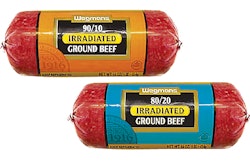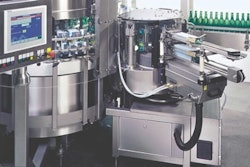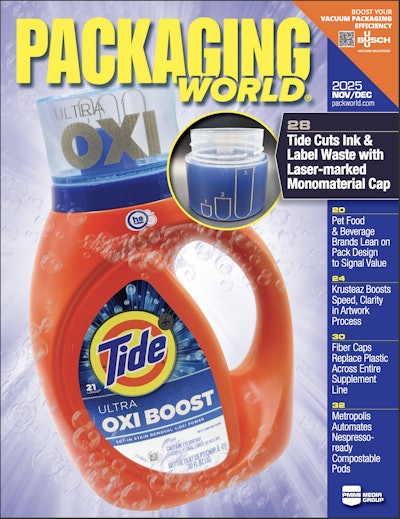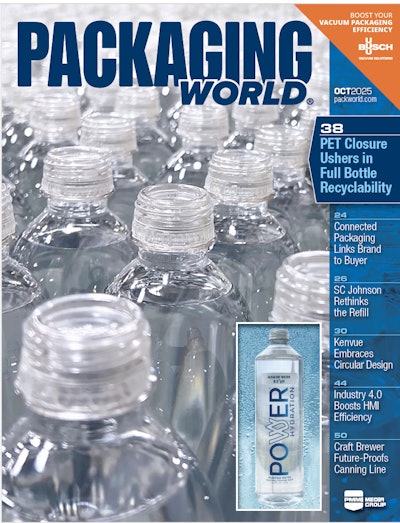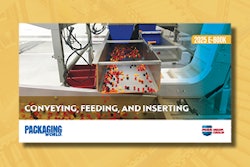In its guidance, FSIS offers examples of voluntary statements that might be used, such as “Contains: milk, wheat gluten, soy.” The agency also encourages further clarification of the source of a specific ingredient in a parenthetical statement in the ingredients statement, especially if it would be more recognizable to consumers. For example, “whey (from milk).”
Factual labeling statements referring to a product’s manufacturing environment (“produced in a plant that uses peanuts,” for example) may be used where good manufacturing practices and effective sanitation standard operating procedures (SSOPs) cannot reasonably eliminate the unintended presence of certain ingredients.
A “may contain (name of allergen)” statement also may be used in these cases. FSIS warned against the indiscriminate use of either type of statement, noting they are not to be used as a substitute for poor SSOPs.
Requests to use a voluntary allergen-labeling statement should be submitted to FSIS as a policy question, not as a label-approval submission. A bill that requires food-ingredient labels to identify the most common food allergens in plain English words was making its way through the last session of Congress.


